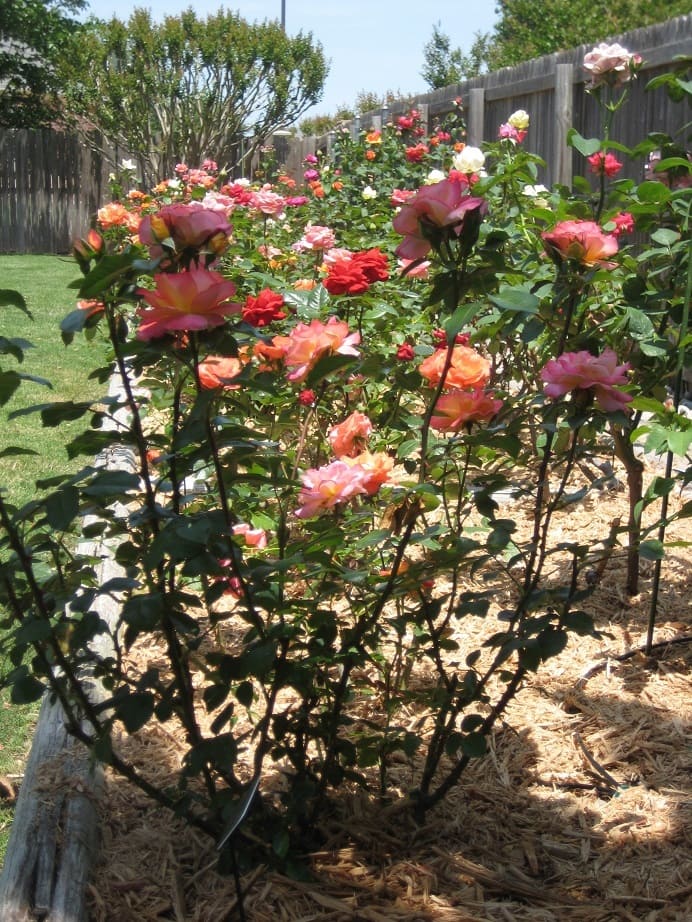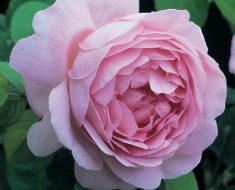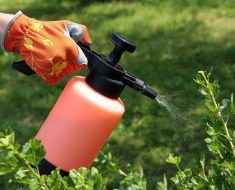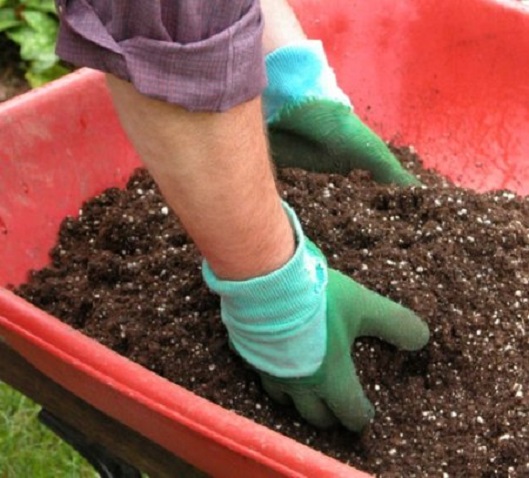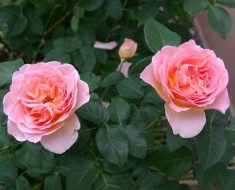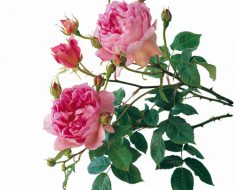 The end of April – the beginning of May or the end of July – August – then it is best to vaccinate roses. The most popular inoculation of the stem rootstock is eyeball, or kidney budding with a small part of the wood, and also without wood (kidneys, without wood, get better). You can also use an eyepiece in the butt with a tongue, which you can do even with a weak sap flow. Kidneys (“eyes”) for grafting are taken from cut off faded shoots of high-quality roses. If the weather is dry, then somewhere in the 5-7 days before inoculation, the stem stock must be watered abundantly.
The end of April – the beginning of May or the end of July – August – then it is best to vaccinate roses. The most popular inoculation of the stem rootstock is eyeball, or kidney budding with a small part of the wood, and also without wood (kidneys, without wood, get better). You can also use an eyepiece in the butt with a tongue, which you can do even with a weak sap flow. Kidneys (“eyes”) for grafting are taken from cut off faded shoots of high-quality roses. If the weather is dry, then somewhere in the 5-7 days before inoculation, the stem stock must be watered abundantly.
For reliability and better development of the eyepieces on the stem, 2-3 grafts are made on opposite sides of the trunk, one above the other. On the eve prepare shanks for grafting, using shoots on which the flower has faded, the wood has ripened, and the kidneys have formed well. The best buds are cut and wrapped in a damp cloth and the film is stored in the refrigerator. The grafted kidneys are tied with a polyethylene or insulating tape (non-sticky side to the kidney) up to 1 cm wide. After 2-3 weeks, a green swollen kidney, and an easily falling leaf petiole, will confirm the successful fusion of the inoculation. In case of failure (blackened “eye”), it can be repeated a little lower along the trunk. A month later the bandage can be removed.
Wild shoots that appear on the stem and from the root neck should be regularly removed. From early spring, a full mineral fertilizer is applied – 40 g / m2 between the rows, or into the near-well hole. Then the feeding system can be chosen independently, depending on the composition of the soil. Once as a top dressing it is necessary to make a set of microelements. Peat compost, humus, peat are needed for mulching the soil. Before fertilizing, dry soil is pre-spilled. At a time, about half a bucket of fertilizer is added to the well. Organic fertilizers can be combined with mineral fertilizers. A good action is fresh mullein (1: 8) or chicken droppings (1:20), as liquid top dressing. Top dressing alternates with abundant watering – no less than 10 liters of water per one bar. To avoid fungal diseases should be watered only in the near-well holes from June, and before that you can water the method of sprinkling.
In August, they stop feeding nitrogen; in August – September, top-dressing with potassium-phosphorus fertilizers will promote ripening of shoots. Somewhere from the second half of October the shoots of the dog rose above the site of vaccination are severely cut off. To release the root collar and the root of the roots on the half-bay, they dig out the soil. The stab is pulled to the side of tilt and laid horizontally, then the ground is returned to the place, fixing the slope. The graft on the surface of the soil from above and from below is covered with small branches of lapnika or plaques and completely covered with earth by a layer of 20-30 cm. In the spring, as soon as the soil is withered and the soil grafted roses become unloaded and raised. Once the kidneys are fully inserted, the plant is placed vertically.
That’s how the grafting of roses is done.
